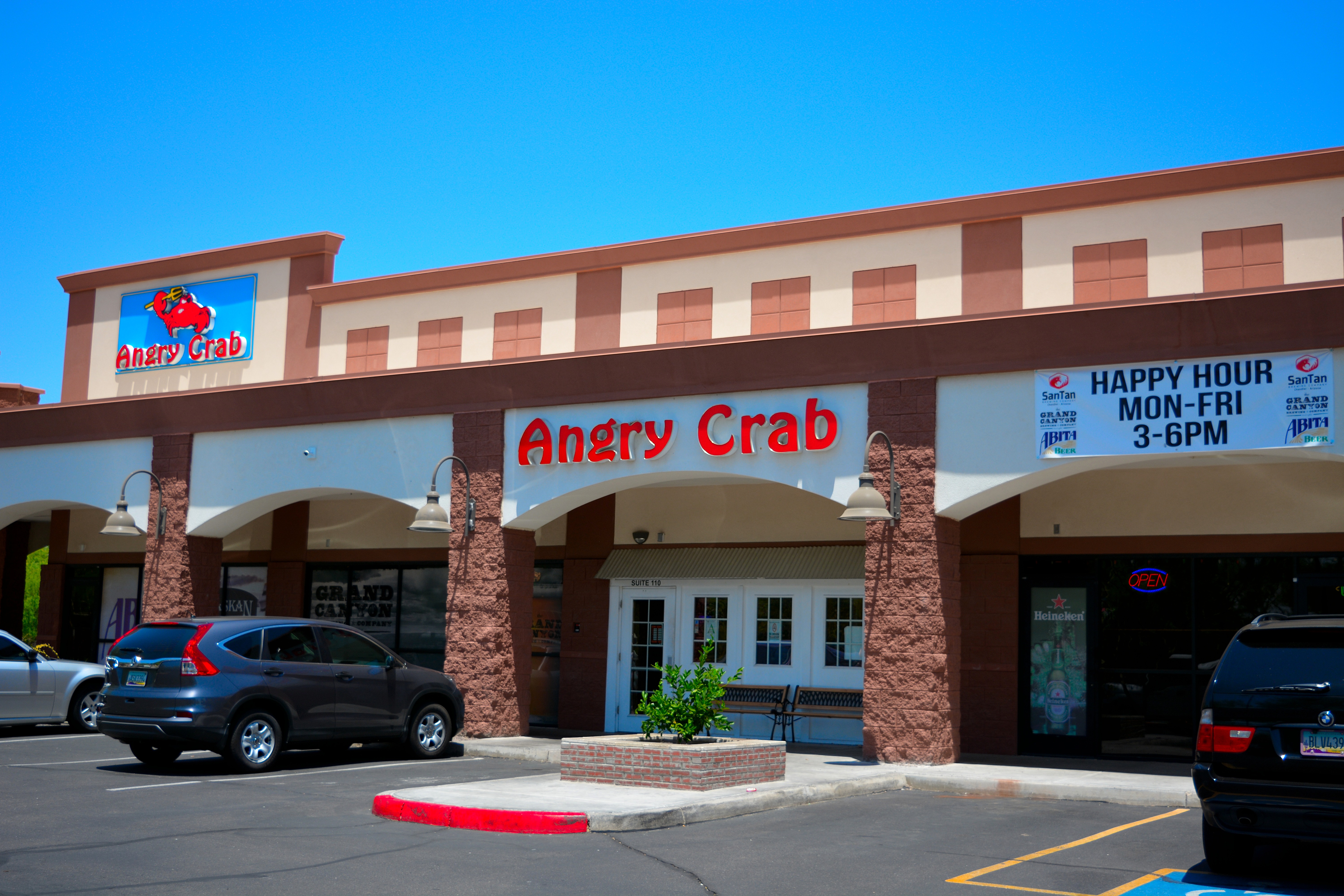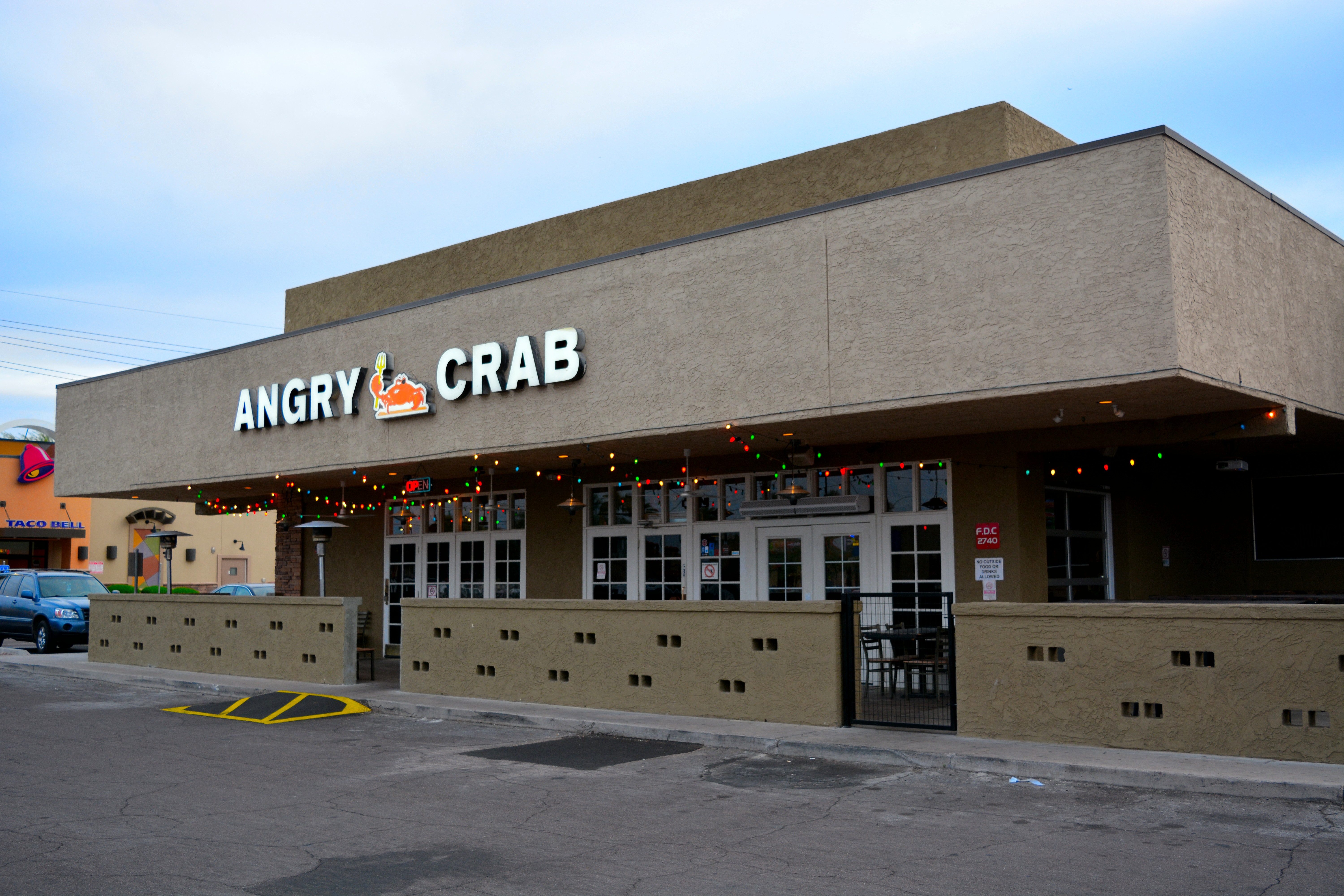Why Second-Generation Real Estate is Becoming First Pick
3 Min Read By Andrew Diamond
Opening a business that requires a brick and mortar location, whether it be a storefront or restaurant, can be a stressful, drawn-out process.
When doing it the right way, site selection alone requires extensive research and often times networking with locals in order to pinpoint that prime location. And, securing a plot of land is only the beginning, typically followed by months (or years) dedicated to building out the space. However, business owners looking for retail space can avoid the headache, and save a good chunk of change, by targeting second-generation real estate. In fact, there are many advantages to moving into an existing structure like reducing buildout cost, minimizing construction time, and entering saturated markets with ease.
There are many advantages to moving into an existing structure like reducing buildout cost, minimizing construction time, and entering saturated markets with ease.
Less Hefty Buildout Cost
Constructing a space that positively reflects your brand isn’t cheap, but when you invest in a second-generation structure, the bones of your layout are already in place. For storefronts, this can include reception desks, shelving and inventory displays. For restaurants, this can mean booths, kitchen equipment and other BOH necessities. The key is to make sure that everything is up to code. Once your space is structurally sound, design updates and appliance upgrades can be made and typically cost less compared to the price tag of a custom-made storefront.
Avoiding the overall build-out can save business owners thousands in up-front costs especially with land prices and construction labor costs continuing to rise. The initial investment for an Angry Crab Shack franchise varies depending on the size and number of restaurants in the agreement, but the median initial investment is $451,000, which is on the lower end of the spectrum for full-service restaurants. Even so, getting that initial buy-in as low as possible for the franchise network is a big priority. If a franchise owner is able to utilize the hood and ventilation system, grease trap or the HVAC, this could easily save them more than $100,000 which is a huge win.
Quicker Construction
Through the process of opening several corporate locations and assisting franchise owners with site selection, second-generation stores seem to be a sweet-spot of sorts. You need to be careful when it comes to overtaking third-generation real estate, but that’s not to say it won’t work – with high risk can come high reward. A few key things to pay special attention to when looking into third-generation locations are the state of the equipment (chances are it may be more outdated), condition of the structure (once again, it may be older) and the reason why this location struggles to succeed. Doing your homework beforehand will pay off in the long run by keeping delays to a minimum.

With quality existing structures available, a faster track to a grand opening is more likely. For example, a large-scale retail space, such as a department store, can easily be converted into a consignment store by utilizing the shelving or technology that’s already in place. Not to mention other existing components like electrical outlets, an existing POS system or the location of workstations that have already been plotted out for efficiency, removing guesswork when it comes to creating an effective layout.
Developing land takes a lot of time, and while many believe that construction progress will drum up excitement in a community, the opposite can occur with subsequent delays, leading to frustrated customers right out of the gate. Investing in a second-generation space is efficient and typically faces less delays, with the bulk of the timeline dedicated to bringing the location up to code and designing it with the brand in mind.
Increased Availability
There is far more developed retail space available compared to undeveloped land and the decision to overtake an existing structure has the potential to lead to an easier move into a popular market. It’s important to note that it’s not necessary for business owners to limit themselves to only investigating industry-specific spaces, but it does make the move easier.

It has become increasingly common for new restaurants to overtake vacant restaurant spaces because there are numerous benefits to moving into an established retail environment. For one, you remove the initial worry of finding land to develop. Zoning also comes into play when building a storefront from the ground up. Zoning laws can complicate agreements, ultimately leading to delays and more money spent. These laws can vary greatly depending on the area, but when moving into a second-generation space, you have a better chance of running into less zoning issues.
Another advantage is that the area is already well-known and likely has foot traffic due to other established retail spaces. Even more, there’s typically a sense of community among business owners in developed areas because if one business attracts attention or sees success, other storefronts are likely to feel a positive impact as well.
The strategies and reasons above for investing in second-generation real estate help franchise owners more smoothly transition into business ownership, a potentially stressful and expensive endeavor. In arming our franchise owners with tools, resources, and counsel on site selection, it’s possible to open restaurants quicker and often at a lower cost.


